Flight Lieutenant Robert Stanford Tuck of the Royal Air Force was closing in on his quarry. He had just shot down one Messerschmitt Bf 110 and then narrowly avoided a collision with another of the twin-engine fighters over the coast of Dunkirk in the spring of 1940.
That aircraft dived toward the ground, then leveled off at treetop level. Tuck, flying a Supermarine Spitfire, gave chase, trying to stay close to the evasive enemy plane. As he lined up the target in his sights, alarm bells went off in his head. Something didn’t look right.
Up ahead, Tuck spotted the problem: he was flying directly toward electrical wires. With lightning reflexes, he pulled up on his controls. The lithe and agile Spitfire responded instantly and Tuck narrowly avoided the death trap.
The RAF pilot then regained his composure, throttled up his powerful Rolls Royce PV-12 engine—known as the Merlin—and zoomed back on the tail of the Bf 110. He pulled the trigger and sent a short burst from his eight .303 Browning Mk II machineguns into the German fighter, causing it to crash.
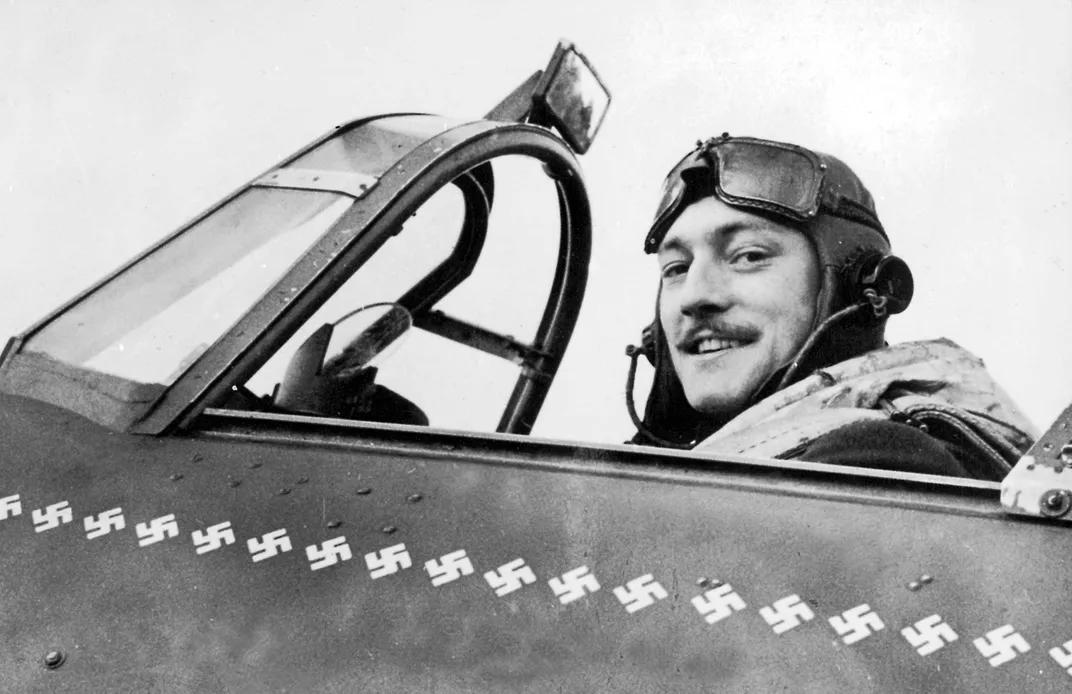
Tuck was the flight commander of the Number 92 Squadron, and this was the baptism of fire for the Spitfire. The aircraft were flying support missions to protect the British Expeditionary Force and what was left of the French army as they huddled on the cold and windswept sands of Dunkirk—just 21 miles across the Channel from England.
From May 23 to June 4, 1940, Spitfires flew countless sorties against Messerschmitts, Stukas and other German planes as they tried to destroy Allied troops trapped on those beaches. Tuck quickly became a British hero as he shot down five German planes in two days to earn his ace designation. His exploits and those of other Spitfire pilots likely saved tens of thousands of Allied soldiers at Dunkirk from death or confinement in POW camps for the duration of the war.
Because of its superior aerodynamics and sleek design, the Supermarine Spitfire became one of the iconic aircraft of World War II. Like the P-51 Mustang, this fighter came to define an era of courageous combat against desperate foes, though it required far more development than other airplane designs.
“The shape of the wing and all of the compound curves on the airplane made it beautiful,” says Alex Spencer, curator of British and European military aircraft at the Smithsonian’s National Air and Space Museum. “However, that beauty came at a price. It was an extremely complicated aircraft to build. There was delay after delay on delivery. But they got the bugs worked out of production and ready for the conflict they all knew was coming.”
It arrived just in time. Designed by Reginald Mitchell, the fighter was built by British aircraft manufacturer Supermarine and delivered in late summer of 1938—a year before war erupted in Europe with the invasion of Poland. Pilots got the chance to train on England’s newest weapon before having to climb into the cockpit for combat.
A “Spit” is held in the collections of the Air and Space Museum, currently undergoing a massive renovation and slated to fully reopen in the fall of 2022. The museum’s HF Mk VIIc was built in 1943 and given to the U.S. Army Air Force so it could study this high-altitude version of the plane. The Air Force donated it to the Smithsonian in 1949.
Just looking at the aircraft offers a glimpse into what made it superior: graceful contours, powerful liquid-cooled engine and recessed bubble-style cockpit. However, the wing is what sets it apart from other aircraft of that era. The wider elliptical shape reduced drag and increased speed—and was a defining characteristic that said “Spitfire” by anyone trying to identify the aircraft as it flew by.
The plane played an important role in the highly acclaimed 2017 film “Dunkirk” by Christopher Nolan. The movie depicts the heroic attempt Royal Navy ships and private boats to rescue British troops from the French coastal community during Operation Dynamo. Some might argue that the real stars were the two authentic Spitfire planes used to film air combat sequences.
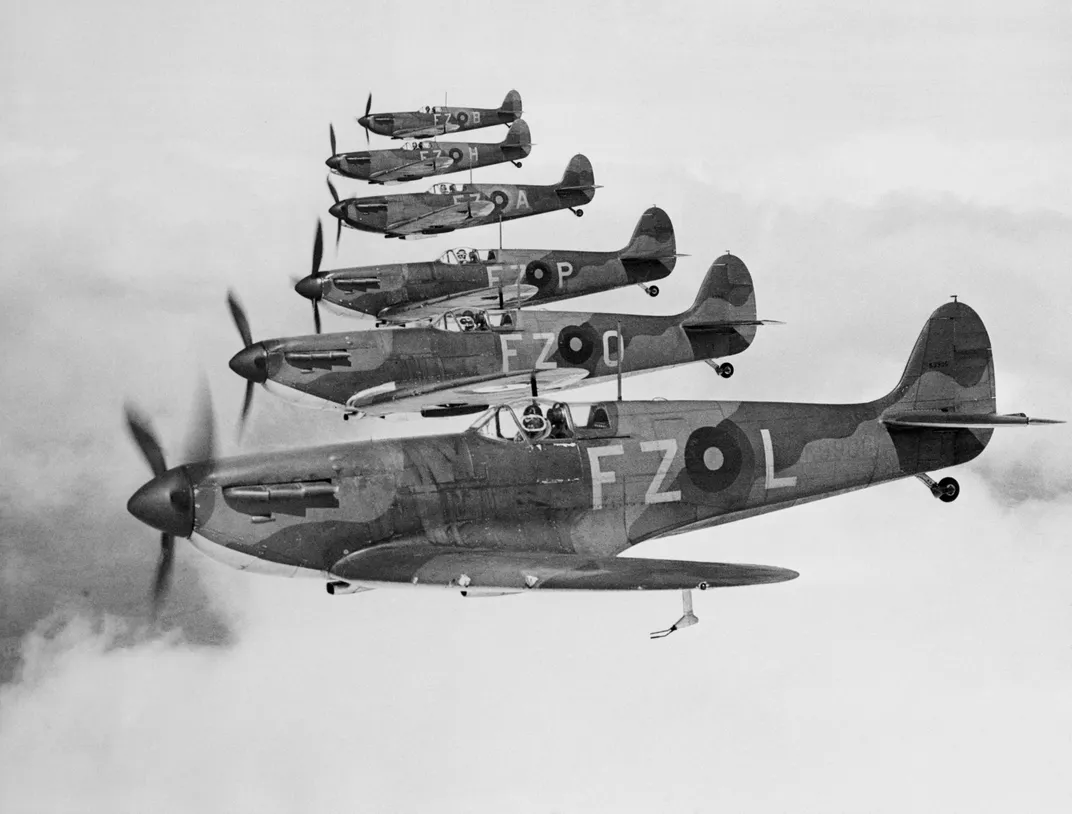
“There’s a very good case for it being the greatest moving machine ever made,” Nolan said during the film’s screening at the Smithsonian four years ago. “It is a classic design. It is one of those machines which doesn’t date or age because the balance between form and function is weirdly perfect. As a symbol to the English people, it is seen as something that saved our culture.”
The plane would play a pivotal part during the Battle of Britain, helping defeat the Luftwaffe as it bombed London and other English cities during the Blitz, and in other important battles. Many Americans got their first taste of air-to-air combat in Spitfires. Three squadrons of U.S. volunteers flew for the RAF before their own country entered World War II. Those squadrons were transferred to the 4th Fighter Group of the U.S. Eighth Air Force in 1942.
During the war, Robert Standford Tuck flew several different aircraft, including the Hawker Hurricane and Hawker Typhoon. However, it is the Spitfire that he is most identified with. He scored the majority of his 27 kills in that fighter, and was even shot down in one over France in 1942. Tuck became a POW and may have been the most decorated pilot in German custody. His exploits earned him the Distinguished Service Order and Distinguished Flying Cross with Two Bars. Only one other RAF pilot had received the latter honor before Tuck did.
The Supermarine Spitfire endures today as one of the legendary fighter planes of World War II. Its aerodynamic qualities and capabilities continue to inspire aircraft designers while its unique appearance has come to represent a nation’s solidarity in standing up to insurmountable odds.
“The Spitfire is the plane that represents Britain during the war,” Spencer said. “It is the iconic aircraft of that era for England. It was fantastic, there’s no doubt about that, and it was a pretty airplane to watch fly.”
/https://tf-cmsv2-smithsonianmag-media.s3.amazonaws.com/filer/b3/1c/b31c6ba9-06b8-4b83-b4c4-0c154cf0a688/longform_mobile.jpg)
/https://tf-cmsv2-smithsonianmag-media.s3.amazonaws.com/filer/48/e4/48e48a4f-db58-4b2a-9b2e-9d7ecb061d3b/longform_desktop.jpg)
/https://tf-cmsv2-smithsonianmag-media.s3.amazonaws.com/accounts/headshot/dave.png)
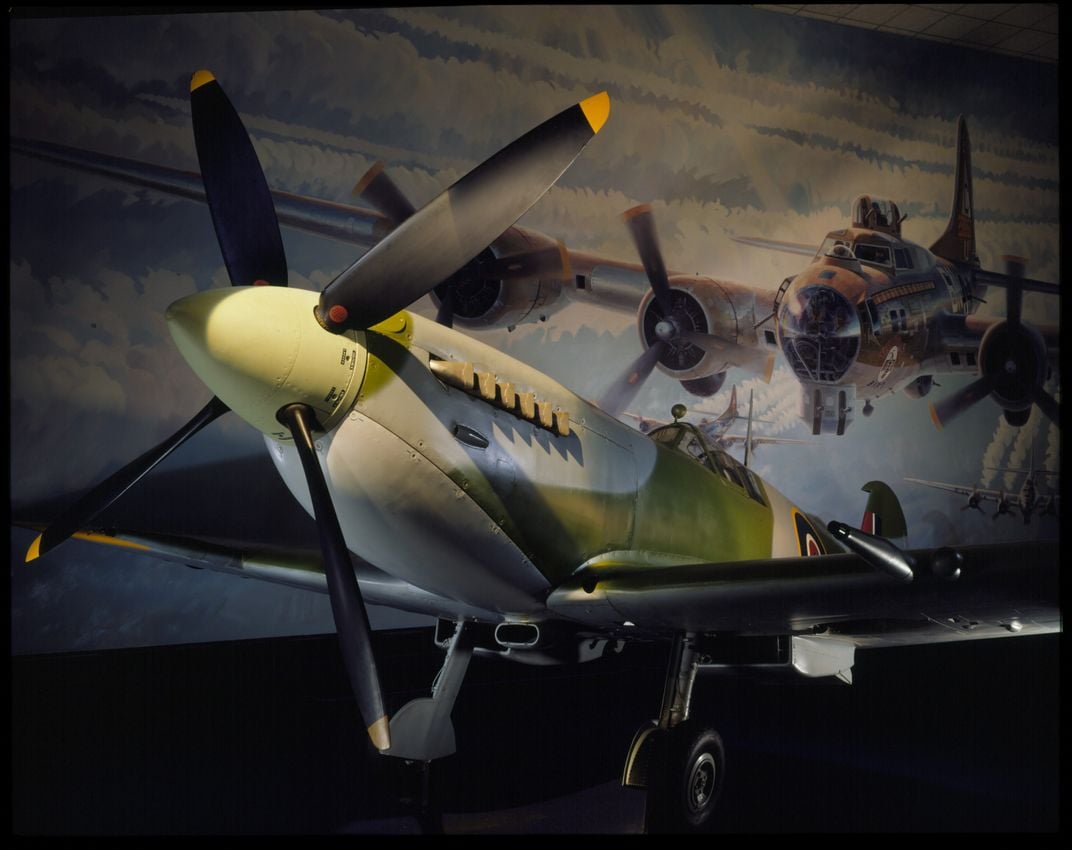
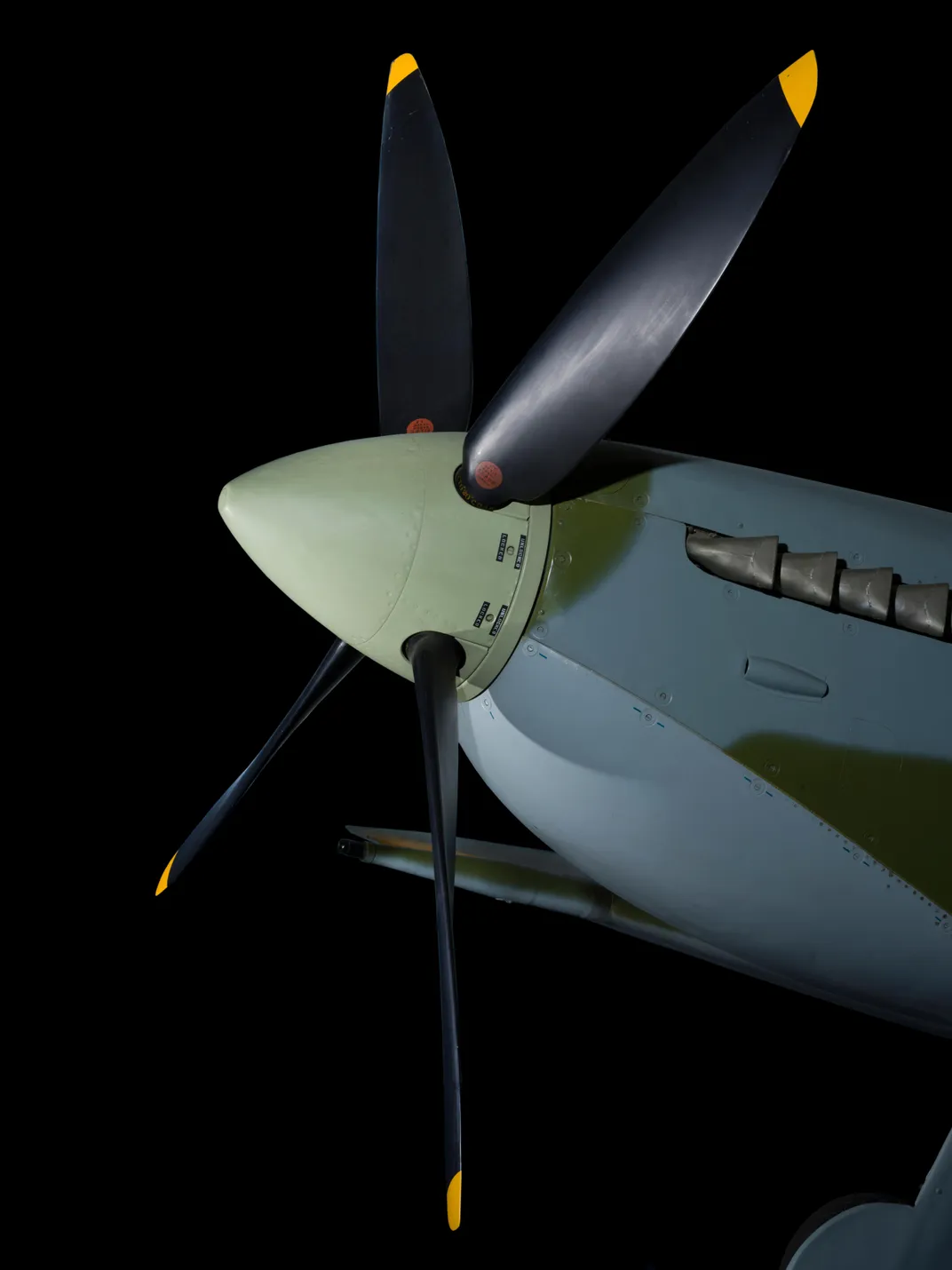
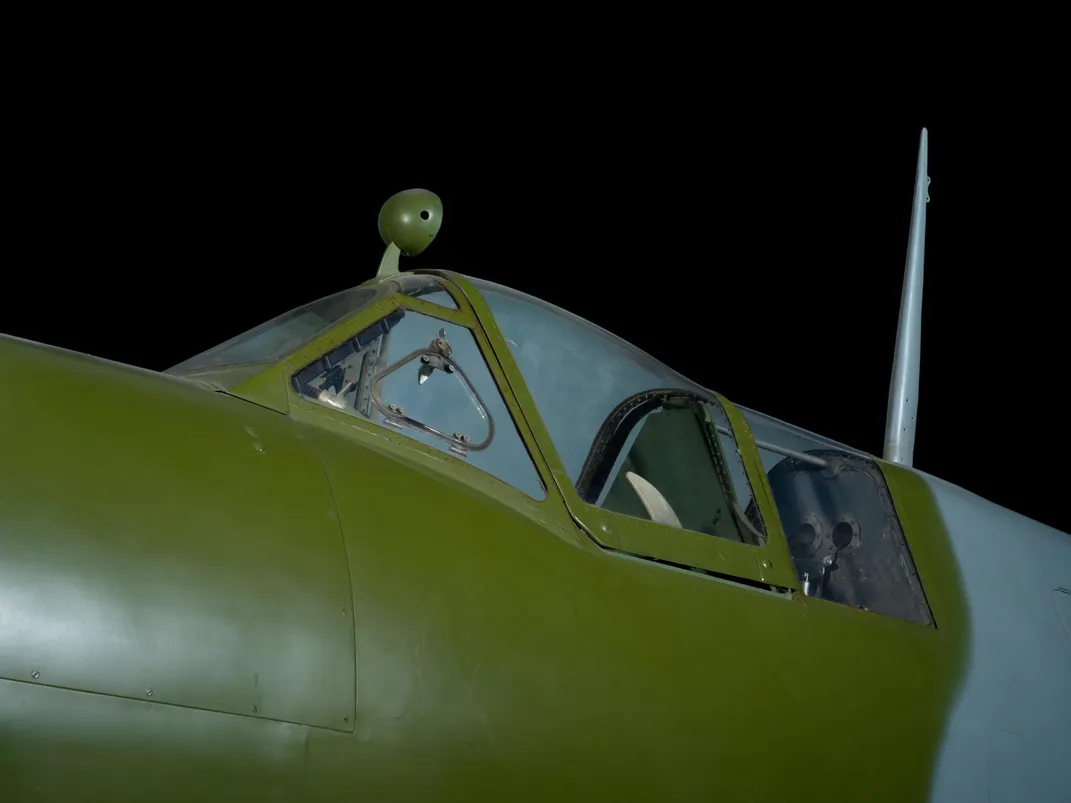


/https://tf-cmsv2-smithsonianmag-media.s3.amazonaws.com/accounts/headshot/dave.png)